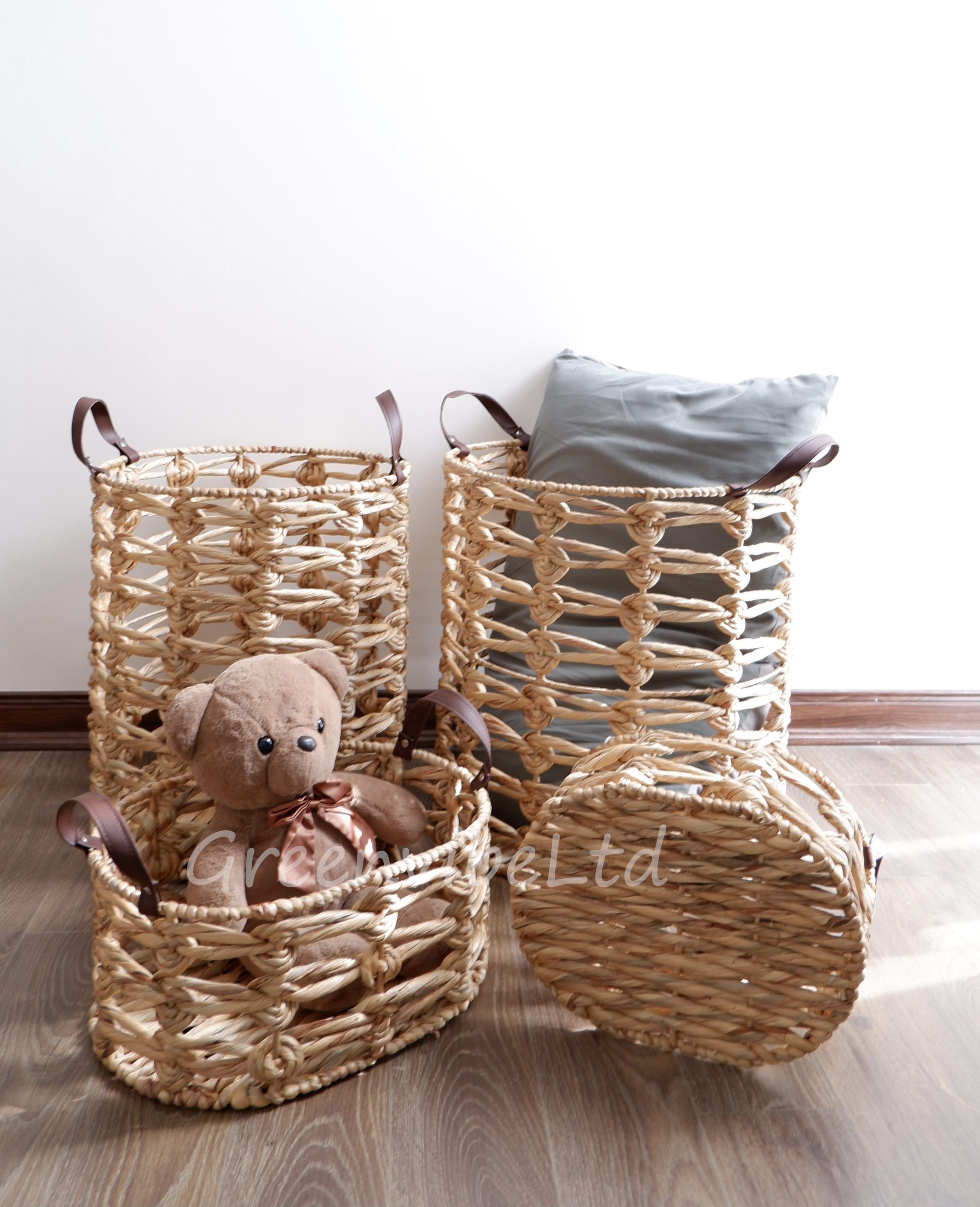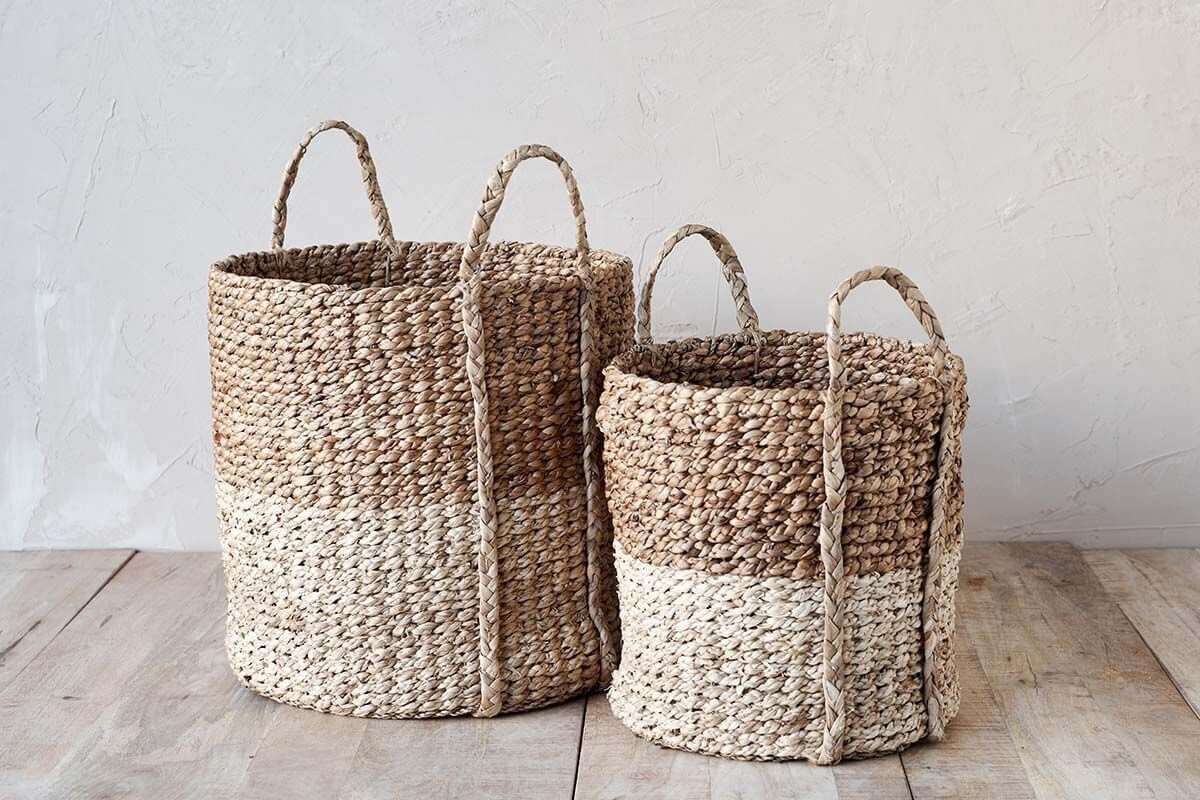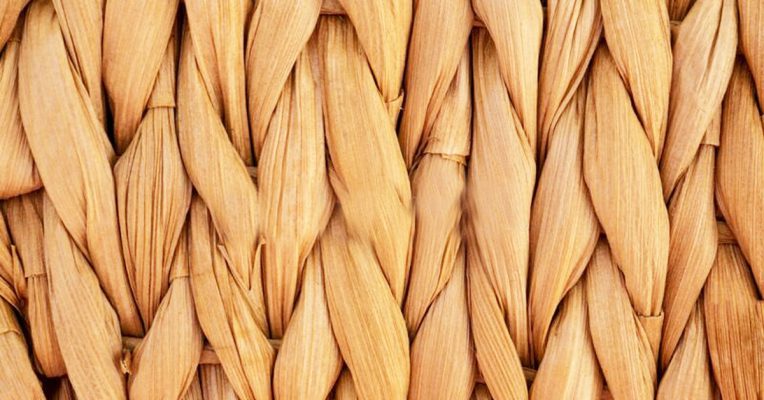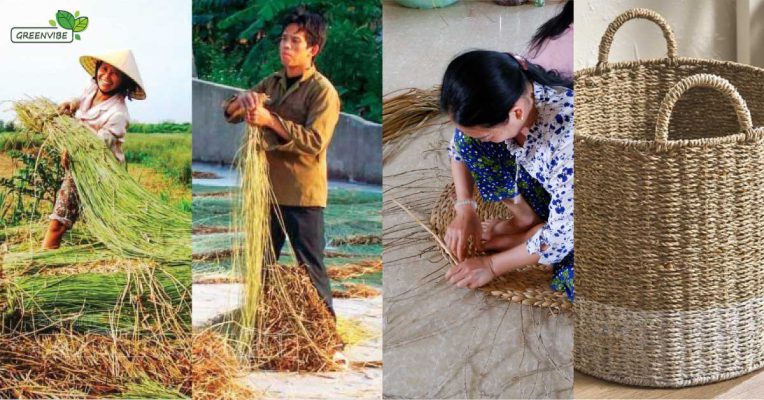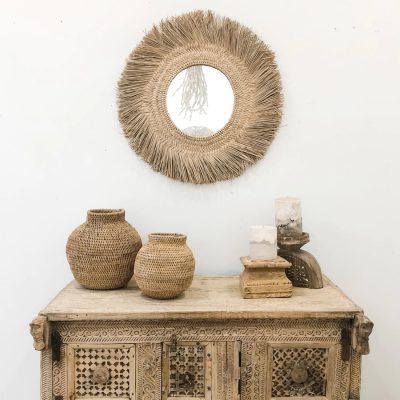No products in the cart.
In this modern era, a lot of people around the world are starting to be more careful and serious about their health, and pay more attention to how surrounding environments can affect their health in different ways. Indoor planting has become a popular habit, and home accessories made from natural materials are being used more and more. It’s a great time for retailers to get in on the increasing demand for wholesale wicker planters and pots. But first, here are a few things you should know about buying wicker planters in bulk.
Wicker – A definition
What exactly is wicker, anyways? Wicker is the technique of using natural materials (commonly plant fibers) to make homewares – furniture, baskets, … Contrary to popular beliefs, wicker doesn’t just mean braiding – there are various weaving styles, depending on materials.
Nowadays there are two types of wicker: Natural Wicker and Synthetic Wicker.
Natural Wicker
As the name implies, a planter qualifies as a “natural wicker” when it’s made from completely natural fibers. The most common plants used for materials include seagrass, water hyacinth, willow, or palm. Natural wicker is lightweight but is vulnerable to deterioration from sunlight or moisture in an outdoor environment.
Synthetic Wicker
Synthetic wicker (or resin wicker) is similar in appearance to natural wicker but is made from resin and artificial material such as PVC, nylon, polyethylene (PE), and High-Density Polyethylene (HDPE) Wicker. Synthetic wicker is the most widely used type of wicker for patio furniture because synthetic wicker weaves made it durable against the elements. It’s made from resins that are extracted from the plant material and harden permanently.

Natural wicker planters
As the name suggests, they are planters made from completely natural materials such as seagrass and water hyacinth, without any artificial material (except for some dye or paint in some models). Thanks to that they have an attractive earthy rustic tone that completely fits many interior design styles.
Material for Natural Wicker planters
In Vietnam, seagrass, water hyacinth, bamboo, and rattan are the most popular materials for weaving wicker plant pots. If you’re not extremely familiar with sourcing wicker items, bear in mind that each material has different unique characteristics, including varied moisture requirements and preservation techniques.
Seagrass
Seagrass is the most popular fiber used to make wicker plant baskets in Vietnam. Because they are non-toxic, sturdy, and flexible, wholesale home décor suppliers can save valuable time and cost on processing. However, this material is relatively easy to “catch” moisture in humid environments. As a result, seagrass planters cannot be filled with dirt immediately but must include an inner plastic.
The process from harvesting to weave-ready fibers takes 3-4 days. This important stage of processing is to guarantee the most excellent quality for weaving. There are also many weaving styles depending on the product.
Check out our article on the different weaving styles for seagrass
The structure and cost of different seagrass weaving patterns vary based on their complexity. For them to be more aesthetically pleasing, wholesale home décor suppliers in Vietnam also blend seagrass with other materials – namely water hyacinth.
Water Hyacinth
Manufacturers also use water hyacinth stalks (stems) for processing and weaving wicker planters for indoor usage. With its light honey-brown tint, water hyacinth is soft, resilient, and visually stunning. Similar to seagrass, water hyacinth needs specific attention during manufacture and storage to prevent mold.
Different methods are used when processing and weaving water hyacinths. The majority of water hyacinth weaving techniques can be used for wicker planters. And just like seagrass, the plastic lining inside is also crucial to provide protection for them.
Check out our article on the different weaving styles for water hyacinth
Corn Husk
Corn husks are the protective leaf that corn plants form to cover growing cobs. They have a distinctive texture. Widely available every fall harvest season, it is yet another material for weaving wicker planters. This one is quite different though – the material itself used to be a by-product: Farmers harvest corn, and strip them of its husks, which used to be thrown away but are now collected and processed for weaving.
When dried and woven they are surprisingly lightweight and durable and are often mixed-weaved with other materials to make a planter more unique looking.
Wholesale Coiled Seagrass Planters
Most wholesale wicker pots for plants are woven from seagrass, with an additional inner lining to protect the surface against moisture and dirt. These linings, often plastic, may be removable or woven directly into the planters.
Wicker planters have quite a few variations:
- Floor planters
- Hanging planters
- Planters on stand
- Display rack planters
All indoor plants have the wonderful ability to regulate the atmosphere of your home, and can greatly help users relieve stress with their lovely presence. With these planters, your living area can have a more harmonious and fashionable look which is sure to impress visitors.
Take a look at some popular wholesale planter and their uses here
For them to last, natural wicker plant baskets are limited to only indoor use. As long as they are clear of moisture, heat, or extreme dryness, their quality won’t be affected and will last your house a long time.
To sum up
Wholesale wicker planters can be made from different natural materials, with different processing steps and methods. Most notable among them are seagrass and water hyacinth, which are easy to process and weave. Their production time is shorter, and therefore lower in cost.
Greenvibe is also a supplier of handicraft home decor products – from natural placemats and coasters to wholesale baskets and trays. We value quality, trust, and effectiveness in our business ventures.
We also have great amounts of wholesale wicker planters with various models and designs. Check out our collection!





